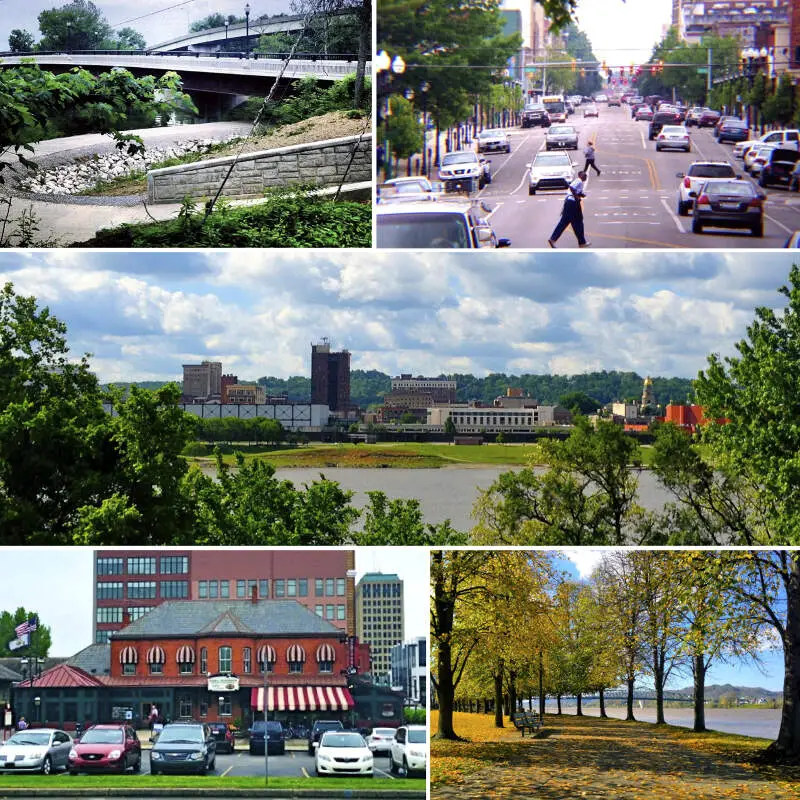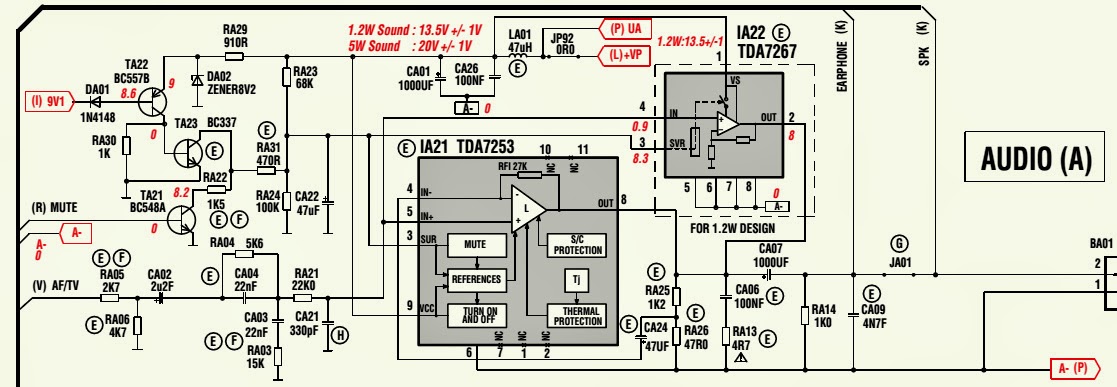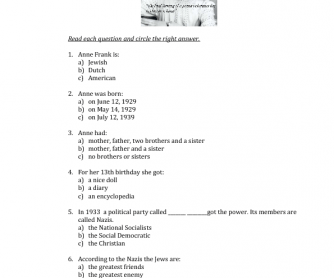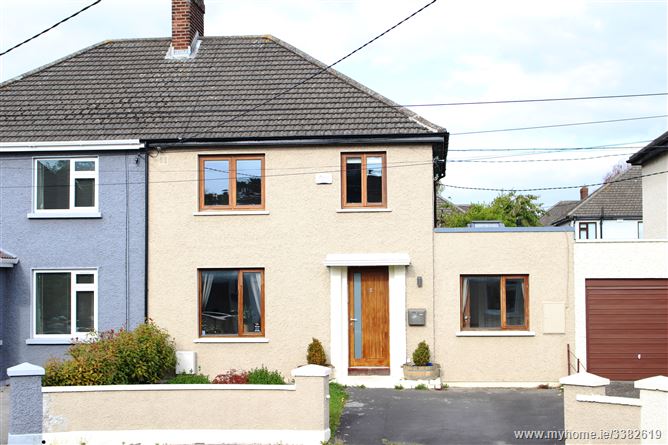
“I am loving every minute of my time here in Morocco. Really, every day I wake up and I still have to pinch myself to make sure that I’m not dreaming,” says Kalyn Campbell of Missoula, shown above hiking in the Atlas Mountains of Morocco. Campbell is visiting the country on a nine-month language scholarship from the U.S. Department of State. Courtesy photo
* “Morocco has shown me that it isn’t the place you are at that makes you happy, but it’s what you make of your time that creates an amazing experience… I’ve realized that it’s imperative to embrace every experience, regardless of whether it is positive or negative. You’re alive, you’re human, you have the ability to be anything you want, and that is a beautiful thing.” *
.
The Missoulian, by Kalyn Campbell (December 29, 2013) — First of all, let me say that I am loving every minute of my time here in Morocco. Really, every day I wake up and I still have to pinch myself to make sure that I’m not dreaming. There are times when I have to stop and take a second to ask myself how I got so lucky to be here, and I keep falling more and more in love with Marrakech every day.

“It’s exciting and a little bit intimidating to pack up your life for something totally foreign and alien,” says Hellgate senior Kalyn Campbell, spending her final high school year in an exchange program in Morocco. Photo: Michael Gallacher/Missoulian
One of the best parts about my experience thus far has been my host family. I live in a riad, which is a typical Moroccan-style home and is open to the sky and built around a central courtyard.
I am with a family of six: my father, mother, aunt, older sister, middle sister and my younger brother, all of whom have been incredible. Not only have they welcomed me in as their daughter, but they are a traditional Muslim family and it has been so interesting to be able to explore Islam through them.
As for highlights, where do I even begin?
I have met so many people and heard so many wonderful stories, many of which will stay with me for the rest of my life. Connecting with others is a beautiful experience, and being able to exchange cultures is a powerful thing.
My Arabic studies have been incredible. I had no idea that learning a language could be this engaging and stimulating, and because of this my language has really progressed. I feel very comfortable speaking the language, and a majority of people here are surprised to learn that I am from America and not Moroccan! Just today, I had a Moroccan ask me for directions and they had no idea that I wasn’t from Marrakech!
Also, I was given the name “Salma” by my host family upon my arrival, as Kalyn doesn’t roll off the tongue easily. In Arabic, it means peace and safety, and it is also the name of the queen of Morocco.
I have experienced little to no culture shock and the transition to life here has been painless.
Furthermore, I haven’t been homesick at all: There is no doubt in my mind that this is exactly where I’m meant to be.
***
While my experience thus far has been perfect, Morocco itself is not. Keep in mind that it is still a developing country and therefore experiences the same issues that all Third World countries do.
For me, the biggest issue has been dealing with sexism and harassment. I cannot walk down the street without being harassed in some way, but fortunately it has never been physical. Every girl here receives it, whether she is dressed “Western” or wearing a veil. But the worst part is that no one is doing anything to combat it, and it frustrates me to no end that this has become acceptable in the eyes of their society.
While I believe that America is far from gender equal, I feel grateful that I can walk down the street without having to ignore someone’s rude comments and gestures. Regardless, I have never felt unsafe here and have yet to experience anything truly negative within this country.
There have been countless interesting experiences, but one of my favorites was getting traditional bridal henna on my hands and feet. A woman came over to my house and I sat still for seven hours as she made my skin into a living work of art. Also, celebrating Eid al-Adha was an amazing experience. Besides Ramadan, it’s the second largest holiday in the Muslim calendar, and it was really beautiful to be part of such an incredible tradition.
While I wish I could go into detail about it, let’s just say that it involved sacrificing a sheep and eating said sheep for months after.
The adventures have been endless; I’ve been locked on a roof, watched a full moon crest the dunes of the Sahara, gotten lost for hours only to wind up exactly where I started and, of course, I’ve eaten my fair share of street food, which is an adventure within itself.

“There have been countless interesting experiences, but one of my favorites was getting traditional bridal henna on my hands & feet.” Kalyn Campbell, The Missoulian
The average day for me goes like this: After a commute of about 30 minutes (I take the bus every day; suffice to say it doesn’t run on a schedule), I start class at 9 a.m. and end at noon. During these hours, I study Arabic Fusha (Modern Standard Arabic) with four other American students who are on this program with me. My teacher is absolutely incredible, and it’s hard to believe that I’ve learned so much in such a short amount of time.
After class, I have a break until 3 p.m. and electives go from 3 to 5:30 p.m. I am studying calligraphy and cooking once a week, and I take belly dancing lessons twice a week, all of which have been a great way to deepen my cultural understanding of Morocco.
After electives, I either have a free afternoon or an English class. I will receive my Teachers of English as a Foreign Language certification soon, and I will then be teaching a class twice a week at my language center for students who come from poor backgrounds and are otherwise unable to study English. Currently, I am volunteering at the Amal Center, which is a center that supports disadvantaged women by providing them with training, work experience and, now, education (http://hope-amal.org).
I teach English twice a week in the evenings to a group of four women, and it has been such a blessing for me to watch them grow. To see people who have a genuine desire to learn is a beautiful thing, and something that I think most American students take for granted. I stay really busy here, but in my free time I love exploring everything this city has to offer. I’ve gotten very good at bargaining, so traversing the souks within the Medina (the old city of Marrakech) is always a lot of fun.
I love spending time with my friends, and Moroccan teenagers are the same as their American counterparts in most ways. Every day holds something new.
Morocco has shown me that it isn’t the place you are at that makes you happy, but it’s what you make of your time that creates an amazing experience.
It’s hard to describe an experience like this, and it is even more difficult to describe how it changes you.
Editor’s note
The Missoulian featured Kalyn Campbell in a story last August, just as the Hellgate High School senior was leaving for Morocco on a nine-month, all-expenses-paid scholarship from the U.S. Department of State. “It’s exciting and a little bit intimidating to pack up your life for something totally foreign and alien,” Campbell said at the time.
Campbell was one of 10 students chosen for the immersion education program, and one of 625 students who are participating in the State Department’s National Security Language Initiative for Youth in 10 countries around the world. She is living with a host family, studying Arabic, taking cultural lessons, and teaching English to people in her community. Missoulian reporter Betsy Cohen caught up with her by email and asked her to share what the experience has been like so far.
The post Montana High School Senior Learns Language and More in Morocco – Missoulian appeared first on Morocco On The Move.

 “Sometimes when I talked in Moroccan dialect at first they were laughing because it’s this strange accent for them,” said Nejjar.
“Sometimes when I talked in Moroccan dialect at first they were laughing because it’s this strange accent for them,” said Nejjar.
 But the Islamist-led government has yet to pass the required legislation to implement the initiative, which would see Amazigh integrated into teaching and other areas of public life.
But the Islamist-led government has yet to pass the required legislation to implement the initiative, which would see Amazigh integrated into teaching and other areas of public life. “For others it corresponds to what is known in Morocco as the agricultural calendar, celebrated around January 13,” said the Rabat University professor.
“For others it corresponds to what is known in Morocco as the agricultural calendar, celebrated around January 13,” said the Rabat University professor.

 Jalebi
Jalebi Youtiao
Youtiao Sufganiyot
Sufganiyot Balushahi
Balushahi Oliebollen
Oliebollen Bombolone
Bombolone Tulumba
Tulumba Churros
Churros Koeksisters
Koeksisters Sel Roti
Sel Roti Munkki
Munkki![Amazigh youth in Rabat, Morocco on January 12th called for the government to make the Amazigh calendar official. [Hassan Benmehdi]](http://moroccoonthemove.com/wp-content/uploads/2014/01/140113Feature3Photo1-650_429.jpg)
![The New Year has been described as a way for Berbers to "refresh their collective memory" [Reuters]](http://moroccoonthemove.com/wp-content/uploads/2014/01/201411382959377734_20.jpg)









!["We will do nothing to rock the [economy's] boat," Moroccan Finance Minister Mohamed Boussaid said on January 8th. AFP/Abdelhak Senna](http://moroccoonthemove.com/wp-content/uploads/2014/01/140116Feature3Photo1-650_429.jpg)



 Last year, Moroccan deputies approved legislation allowing the government to issue sovereign sukuk, but it has not yet taken steps to raise its first Islamic bonds.
Last year, Moroccan deputies approved legislation allowing the government to issue sovereign sukuk, but it has not yet taken steps to raise its first Islamic bonds.




 This is the premise of Moroccan author Ahmed Al-Madini’s latest novel, Nassiby Min Paris (My Love from Paris), recently published by Al-Dar Al-Masriah Allubaniah.
This is the premise of Moroccan author Ahmed Al-Madini’s latest novel, Nassiby Min Paris (My Love from Paris), recently published by Al-Dar Al-Masriah Allubaniah. “We have to remain vigilant and to join efforts in order to foil the schemes of extremist, obscurantist groups which seek to exploit the lofty cause of Al Quds so as to fan the flames of violence and terrorism in the region,” he said, pointing out that to deal with the situation, “we must consolidate Arab and Islamic joint action, close ranks and adopt innovative measures to effectively contribute to substantiating the desired peace.”
“We have to remain vigilant and to join efforts in order to foil the schemes of extremist, obscurantist groups which seek to exploit the lofty cause of Al Quds so as to fan the flames of violence and terrorism in the region,” he said, pointing out that to deal with the situation, “we must consolidate Arab and Islamic joint action, close ranks and adopt innovative measures to effectively contribute to substantiating the desired peace.”
 You’ve made five movies and already you’ve worked with Meryl Streep, Jake Gyllenhaal, Reese Witherspoon, and now Martin Scorcese. What’s your secret?!
You’ve made five movies and already you’ve worked with Meryl Streep, Jake Gyllenhaal, Reese Witherspoon, and now Martin Scorcese. What’s your secret?!










 She could speak Arabic (her parents are from Iraq) and was intrigued by the oil, so she flew to Essaouira to find out more. ‘I loved the fact that the oil tasted so good but also had medicinal properties,’ she said. ‘I knew there was a risk because argan oil is more expensive than olive oil, but I was fascinated by this ingredient that has been a part of the Berber people’s diet for centuries.’
She could speak Arabic (her parents are from Iraq) and was intrigued by the oil, so she flew to Essaouira to find out more. ‘I loved the fact that the oil tasted so good but also had medicinal properties,’ she said. ‘I knew there was a risk because argan oil is more expensive than olive oil, but I was fascinated by this ingredient that has been a part of the Berber people’s diet for centuries.’














![Wicked Cool Toys Announces 'The Loud House' Plush Toy Line | NYTF 2018 [Updated]](http://3.bp.blogspot.com/-nOI76eg4gOE/W5arvkqxY5I/AAAAAAAA-bs/dk80jyd1o5ICOU25r8SLjyKQySQQUb0lACLcBGAs/s400/The-Loud-House-Wicked-Cool-Toys-Booth-Toy-Nickelodeon-Nick-TFNY-NYTF_1.jpg)












